Fiber Pigtail Optical Cable Wiring Series Power Distribution Accessories (FPOCWSA) work together in a coordinated manner to facilitate the efficient transmission of data and the distribution of power within a network infrastructure. Here's how these components collaborate to create a functional network:
Fiber Pigtails and Optical Cables: Fiber pigtails, which have connectors at one end, are connected to optical cables. These cables transmit data using light signals. The pigtails and cables form the backbone of the optical network, ensuring that data can travel over long distances without signal loss.
Wiring Series Components: Wiring series components, such as patch panels, distribution frames, enclosures, and cable management systems, are used to organize and manage the physical connections of optical devices, including fiber pigtails and optical cables. They provide a structured framework for connecting various devices in an organized and accessible manner.
Connectors and Adapters: Connectors are used to attach optical cables and pigtails to optical devices such as switches, routers, and transceivers. Adapters are employed to ensure compatibility between different connector types and genders. Proper connectors and adapters are essential for creating secure and low-loss connections.
Power Distribution Accessories: Power distribution accessories play a crucial role in distributing electrical power within the network. Power splitters, adapters, connectors, and power distribution units (PDUs) are used to ensure that electrical power is delivered uniformly to connected devices. Power is typically distributed from a central source to various devices through these accessories.
Splice Closures and Splice Trays: In cases where splicing of optical fibers is necessary, splice closures and splice trays are used. Splice closures provide protective enclosures for spliced fibers, safeguarding them from environmental factors. Splice trays securely hold and protect the spliced fibers, maintaining the appropriate bend radius and preventing damage.
Cable Management: Cable management systems, such as racks, cabinets, and cable trays, are employed to organize and secure optical cables, power cables, and other wiring. Proper cable management reduces clutter, enhances accessibility, and simplifies maintenance.
Network Devices: Network devices like switches, routers, and transceivers are connected to the optical network using fiber pigtails and connectors. These devices handle data transmission and routing within the network.
The collaboration between these components ensures the following:
Data Transmission: Fiber pigtails, optical cables, connectors, and adapters work together to transmit data using light signals. The organized wiring series components maintain the physical connections required for data to flow seamlessly.
Power Distribution: Power distribution accessories distribute electrical power uniformly to network devices. Power splitters, adapters, and PDUs ensure that devices receive the necessary power supply.
Organization and Maintenance: Wiring series components, cable management systems, and splice closures keep the network organized, making it easier to manage, troubleshoot, and expand. Splice trays protect spliced fibers, while proper cable management reduces the risk of cable damage and tangling.
Reliability: The coordinated operation of these components enhances the reliability and performance of the network, reducing downtime and signal loss.
In summary, Fiber Pigtail Optical Cable Wiring Series Power Distribution Accessories form a comprehensive infrastructure that combines optical and electrical components to create efficient and reliable networks. Each component plays a unique role in ensuring data and power are distributed effectively while maintaining the organization and integrity of the network.
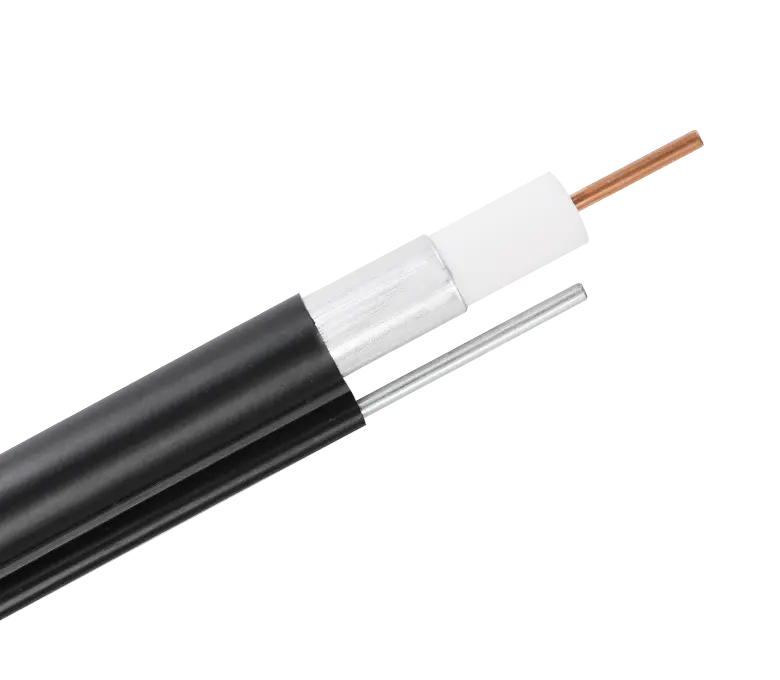
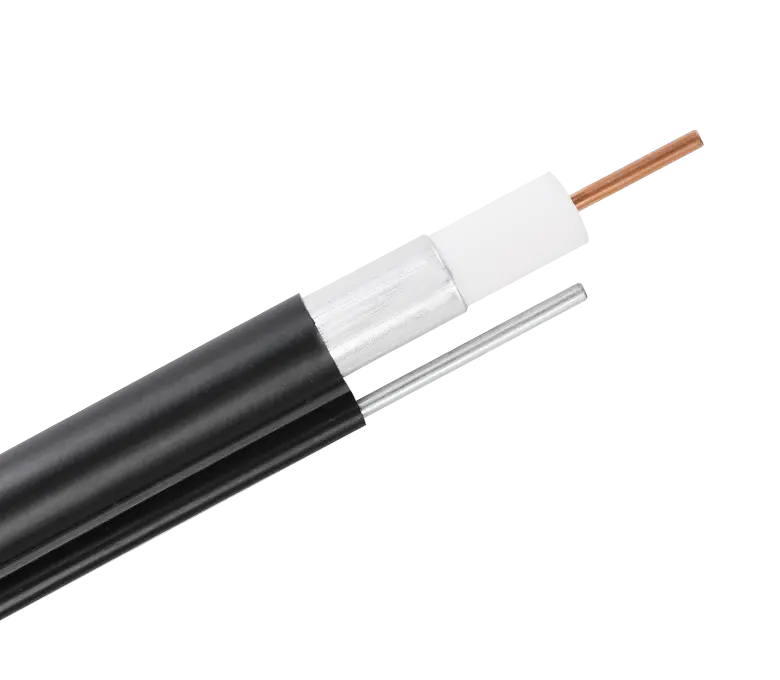
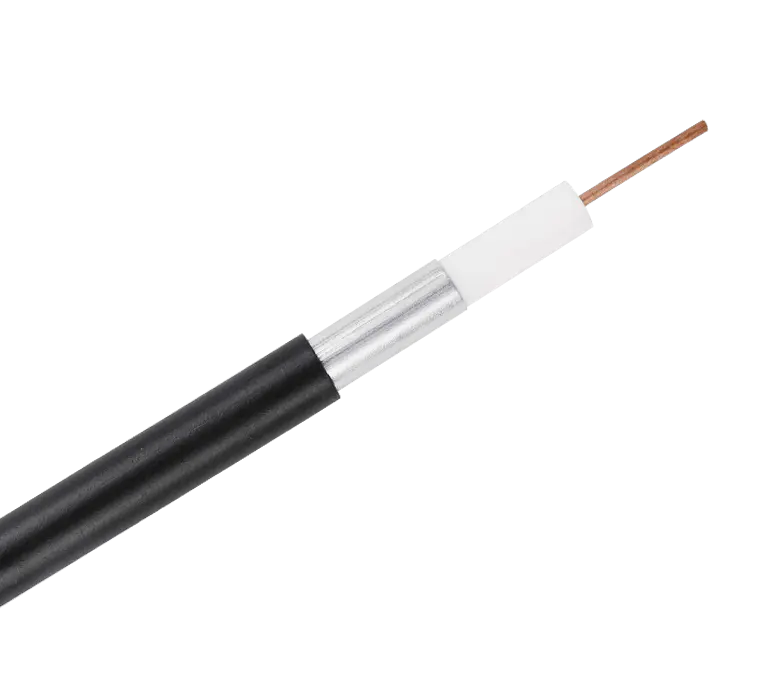
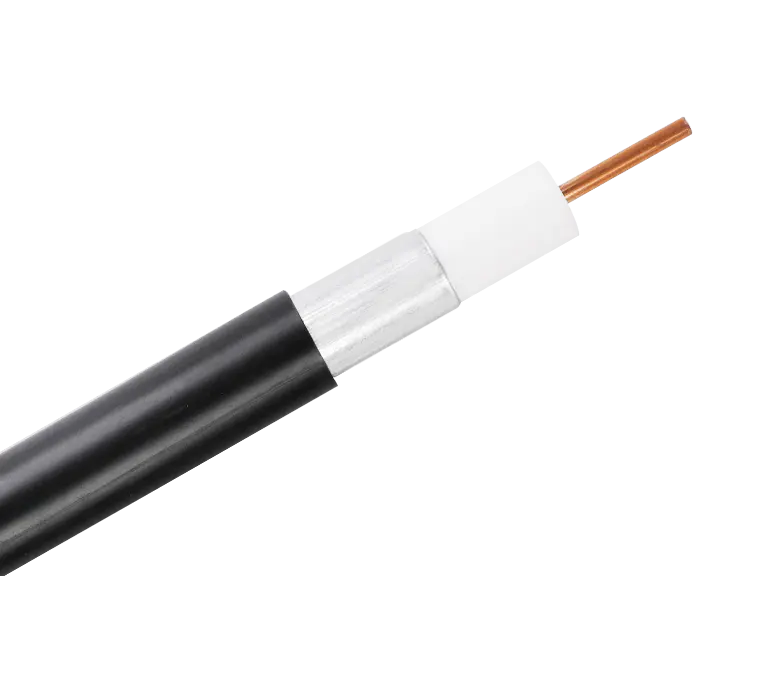
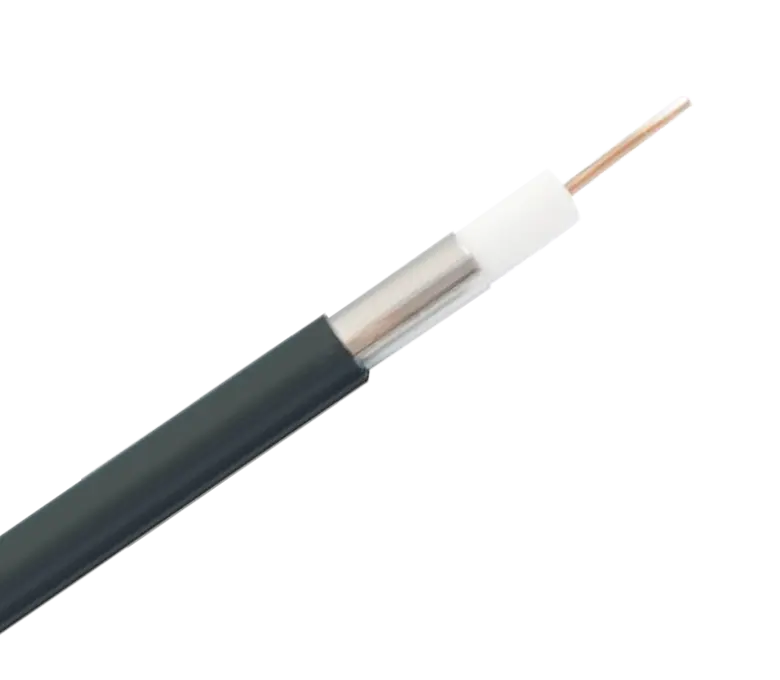
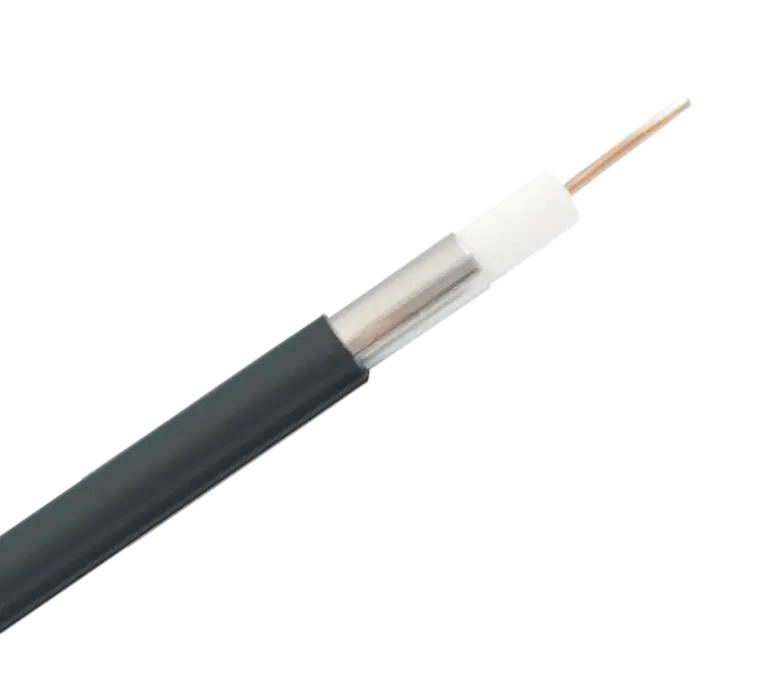
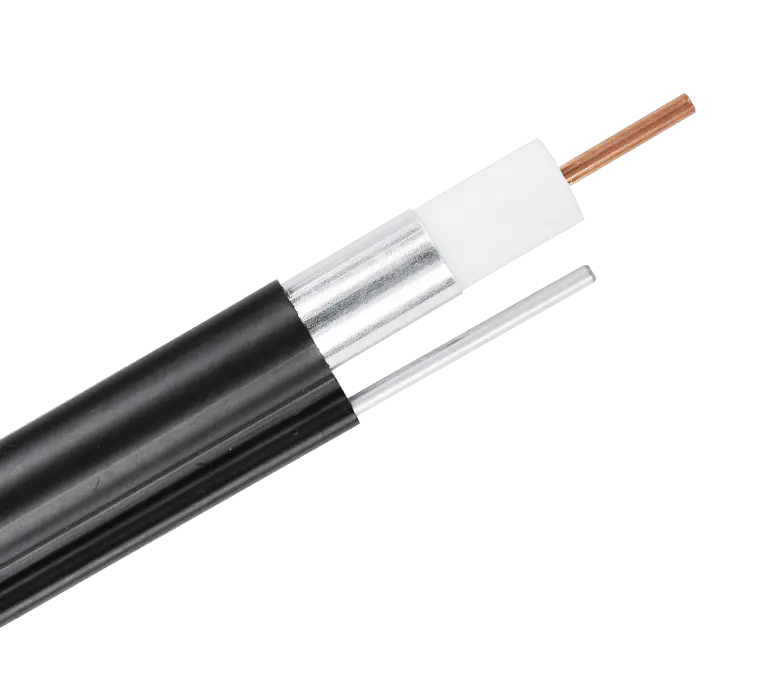
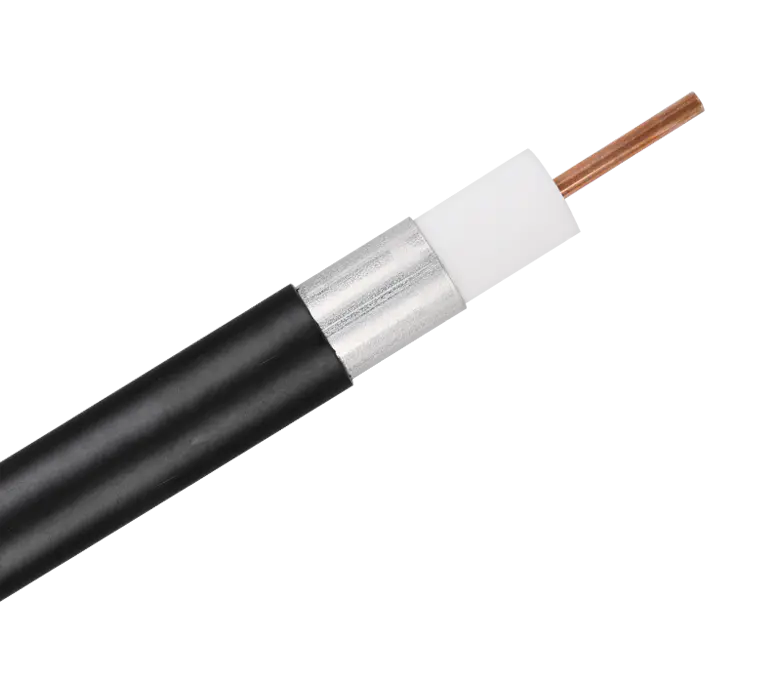
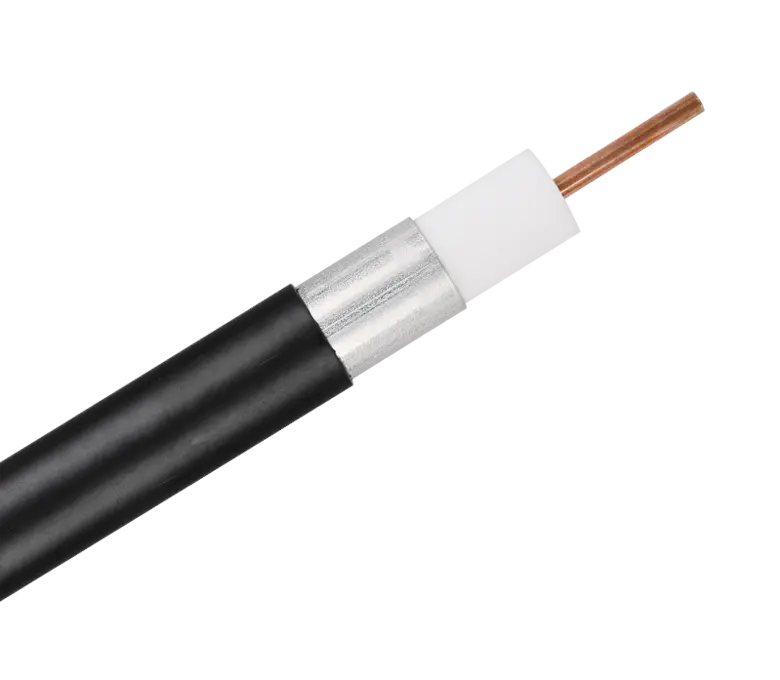
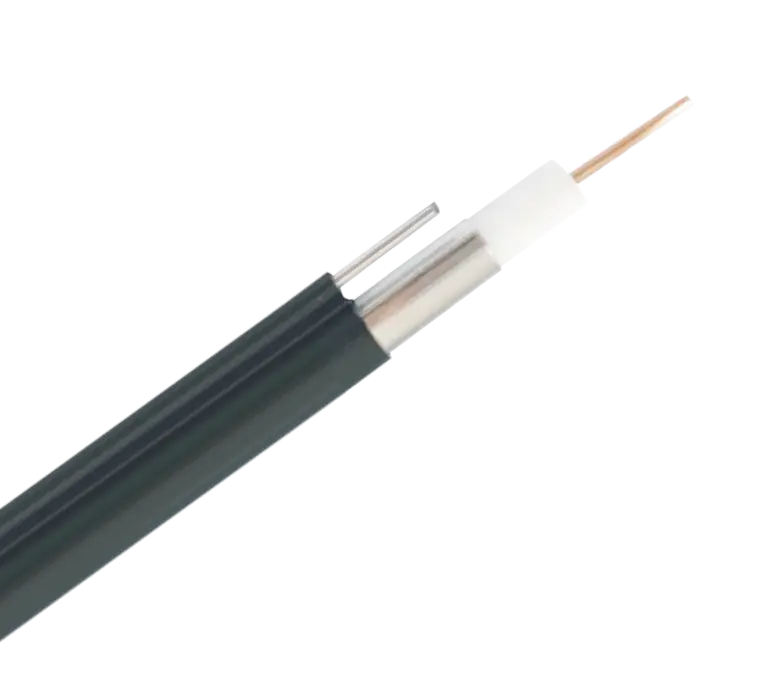
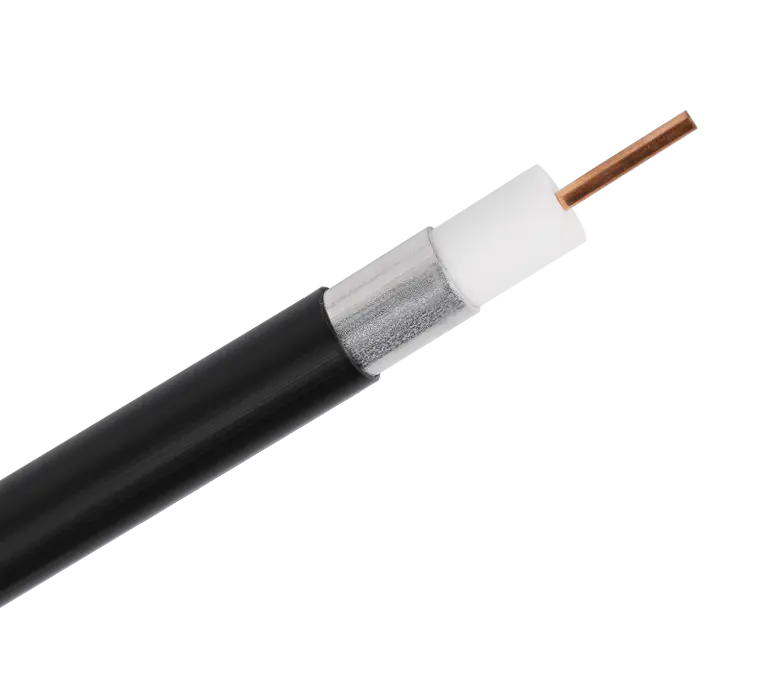
 浙公网安备33018502001191号
浙公网安备33018502001191号